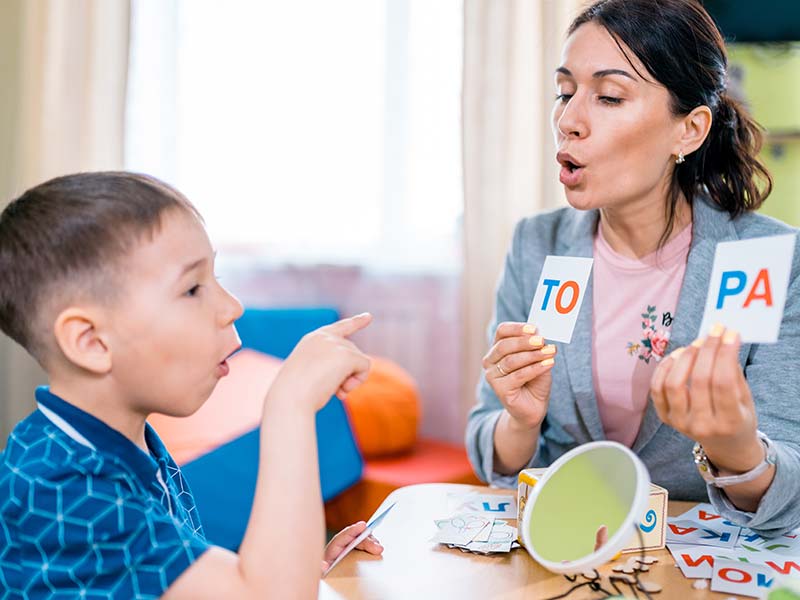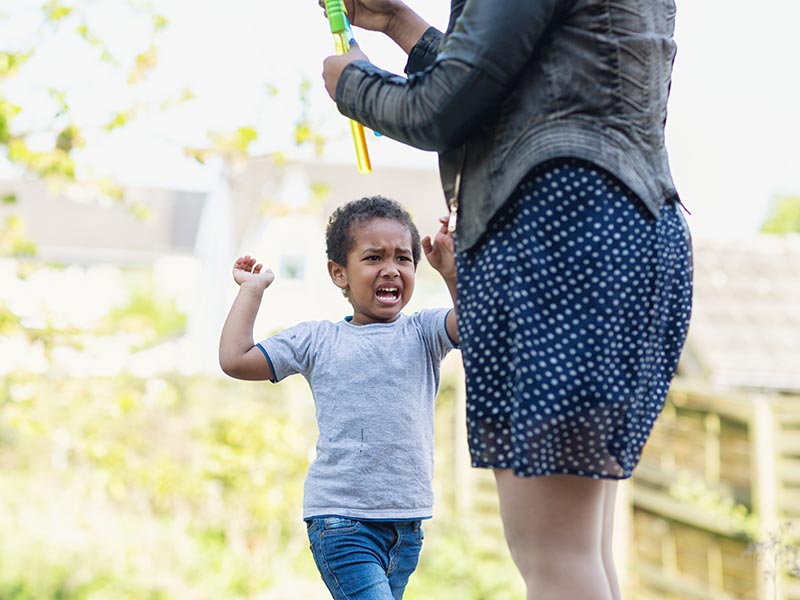




Developing good relationships is essential, and positive approaches should be used at all times. They are essential when a child or young person is stressed, distressed, frightened, anxious or angry and at risk of behaving in such a way that is challenging to their safety and/or the safety of others.
Positive approaches are based upon the principles of child-centred care:
Positive approaches involve working with a child or young person and their support systems to:
Mae'n hanfodol meithrin cydberthnasau da, a dylid gweithredu mewn ffordd gadarnhaol drwy'r amser. Maent yn hanfodol pan fydd plentyn neu berson ifanc dan bwysau, yn ofidus, ag ofn, yn orbryderus neu'n ddig ac mewn perygl o ymddwyn mewn ffordd sy'n heriol i'w ddiogelwch ef neu hi a/neu ddiogelwch eraill.
Mae dulliau gweithredu cadarnhaol yn seiliedig ar egwyddorion gofal plentyn-ganolog:
Mae dulliau gweithredu cadarnhaol yn cynnwys gweithio gyda phlentyn neu berson ifanc a'i systemau cymorth er mwyn:

Restrictive practices are a wide range of activities that restrict a child or young person’s ability to do what they want to do without some form of intervention, or encourages them to do things that they don’t want to do. They can be very obvious or very subtle. They should be understood as part of continuum, from limiting choice, to reactive response to an incident or an emergency or if an individual is going to seriously harm themselves or others.
Mae arferion cyfyngol yn ystod eang o weithgareddau sy'n cyfyngu ar allu plentyn neu berson ifanc i wneud yr hyn y mae am ei wneud heb ryw fath o ymyriad, neu sy'n eu hannog i wneud pethau nad ydynt am eu gwneud. Gallant fod yn amlwg iawn neu'r mymryn lleiaf. Dylid eu deall fel rhan o gontinwwm, o gyfyngu ar ddewis, i ymateb adweithiol i ddigwyddiad neu argyfwng, neu os yw unigolyn yn mynd i niweidio ei hun neu eraill yn ddifrifol.

There are many factors which help to explain why children and young people behave differently even when apparently in the same situation and seem to be having the same experiences, for example personal or environmental factors.
Underlying causes could include:
Mae llawer o ffactorau sy'n helpu i esbonio pam mae plant a phobl ifanc yn ymddwyn yn wahanol, hyd yn oed os yw'n ymddangos eu bod yn yr un sefyllfa ac yn cael yr un profiadau, er enghraifft ffactorau personol neu amgylcheddol.
Gall achosion sylfaenol gynnwys:

When working with children or young people with a particular syndrome, disability or condition, it is important to have a full understanding of the possible effect on behaviour. For example, a child/young person with autism and a learning disability may present behaviour that their family members and support workers find difficult to understand and that they believe to be challenging. A greater understanding of the child/young person will enable workers to be better equipped to know what to do and how to prevent specific responses on other occasions.
It is easier to understand a child/young person’s behaviour if workers have a better understanding of their experiences. This may include considering how having a particular syndrome, disability or condition has affected their communication, social interactions and sensory awareness.
What happens in the environment around the child/young person is often under the control of the individuals supporting them. For example, if a child/young person finds being with many other people in a small room difficult, then the impact of this can be reduced simply by ensuring that the child/young person does not spend time in confined spaces with lots of children/young people.
Communication breakdown may contribute to challenging behaviour, so it is important to understand children/young people’s approach to communication and work to better understand what they are trying to say or indicate.
Wrth weithio gyda phlant a phobl ifanc sydd â syndrom, anabledd neu gyflwr penodol, mae'n bwysig deall effaith hynny ar ei ymddygiad yn llawn. Er enghraifft, gall blentyn neu berson ifanc ag awtistiaeth ac anabledd dysgu ymddwyn mewn ffordd y mae aelodau o'i deulu a gweithwyr cymorth yn ei chael hi'n anodd ei deall ac sy'n heriol yn eu barn nhw. Bydd dealltwriaeth well o'r plentyn/person ifanc yn galluogi gweithwyr i fod mewn sefyllfa well i wybod beth i'w wneud a sut i atal ymatebion penodol ar achlysuron eraill.
Mae'n haws deall ymddygiad plentyn neu berson ifanc os oes gan weithwyr ddealltwriaeth well o'i brofiadau. Gall hyn gynnwys ystyried y ffordd mae syndrom, anabledd neu gyflwr penodol wedi effeithio ar ei allu i gyfathrebu, ei ryngweithio cymdeithasol a'i ymwybyddiaeth synhwyraidd.
Yn aml, mae'r hyn sy'n digwydd yn yr amgylchedd o gwmpas y plentyn/person ifanc o dan reolaeth yr unigolion sy'n ei gefnogi. Er enghraifft, os bydd plentyn/person ifanc yn ei chael hi'n anodd bod gyda llawer o blant/pobl ifanc eraill mewn ystafell fach, yna gellir lleihau effaith hyn drwy sicrhau nad yw'r plentyn/person ifanc yn treulio amser mewn lleoedd cyfyng gyda llawer o blant neu bobl ifanc.
Gall problemau cyfathrebu gyfrannu at ymddygiad heriol, felly mae'n bwysig deall y ffordd mae'r plentyn/person ifanc yn cyfathrebu a gweithio i ddeall yr hyn y mae'n ceisio ei ddweud neu ei fynegi yn well.